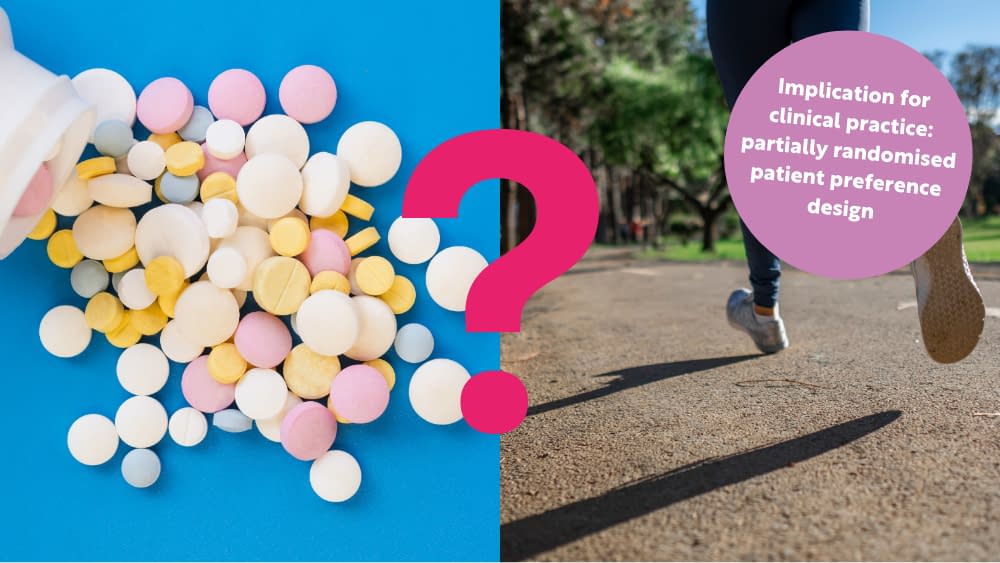While antidepressants and running had comparable effects on mental health perhaps unsurprisingly running outperformed antidepressants on physical health!
Context
Antidepressants and running are both effective treatments for patients with depressive and anxiety disorders. However, they may work through different pathophysiological mechanisms and could differ in their impact on physical health. This study examined effects of antidepressants versus running on both mental and physical health.
Methods
- 141 patients with depression and/or anxiety disorders were randomised or offered preferred 16-week treatment.
Inclusion criteria were having a current depressive disorder or anxiety disorder and being between 18 and 70 years old. - Exclusion criteria were: 1) use of antidepressants in last 2 weeks; 2) current use of other psychotropic medication, except for the use of benzodiazepines; 3) exercising more than once a week; 4) primary severe, clinically diagnosed psychiatric diagnosis other than a depressive or anxiety disorder; 5) evidence of acute suicidal risk; 6) somatic contraindications to running therapy or antidepressants; and 7) being pregnant.
- Baseline and post-treatment assessment at week 16 included mental and physical health indicators.
Results
- Of the 141 participants, 45 participants received antidepressant medication and 96 underwent running therapy.
Remission rates were comparable at 16 weeks.
However and potentially unsurprisingly the groups differed significantly on various changes in physical health (weight, waist circumference, diastolic blood pressure, heart rate and heart rate variability) in favour of the running group.




